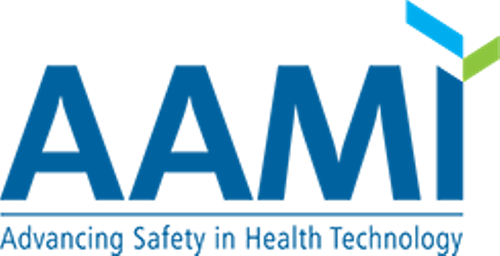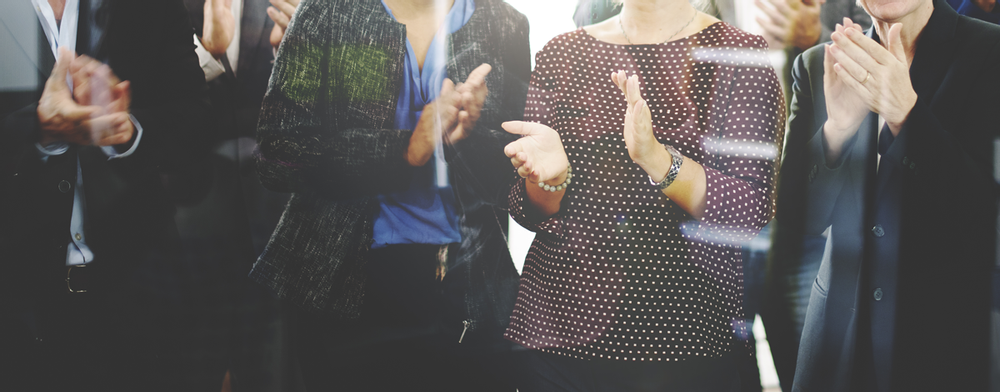Patient-Focused Research Projects Win AAMI Foundation Grants
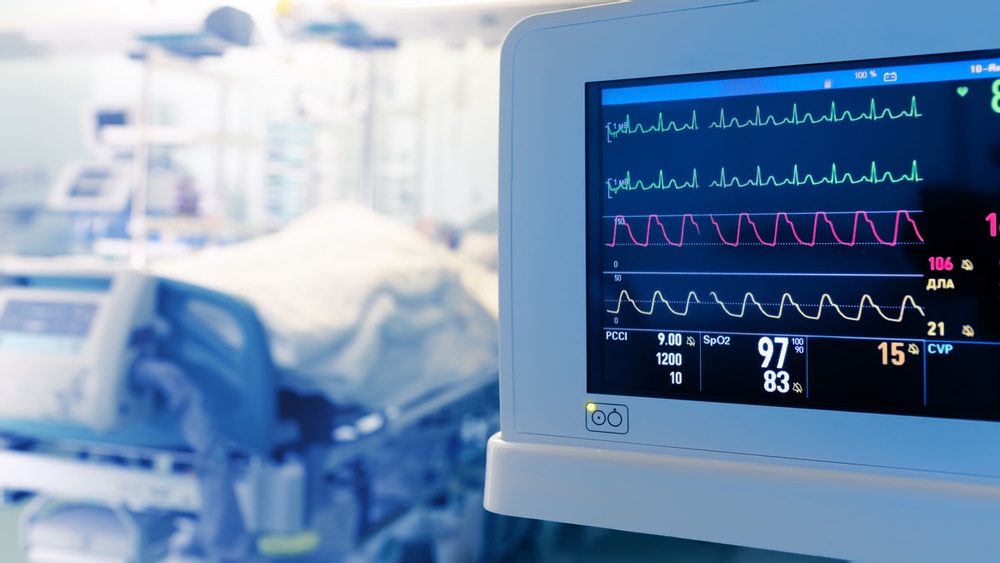
The AAMI Foundation has named the 2021 recipients of the Mary K. Logan Research Award Program. Two grants, totaling $80,000, were awarded to research initiatives that focus on improving patient outcomes by advancing the landscape of clinical alarms and enhancing radiation effects on breast cancer patients.
“The AAMI Foundation is excited to support these important research initiatives,” said Steve Campbell, executive director of the AAMI Foundation. “These projects have the potential to positively impact patient care. We’re anxious to share the results of the researchers’ work and to see the influence they have in healthcare.”
The awards program, which was named in honor of AAMI’s former president and CEO, was established in 2016 with a gift from AAMI. This year, the award will support research from the Children’s Hospital of Philadelphia Research Institute and the Department of Radiation Oncology at Sunnybrook Health Sciences Centre in Toronto, Ontario.
Improving patient outcomes by optimizing alarm technology
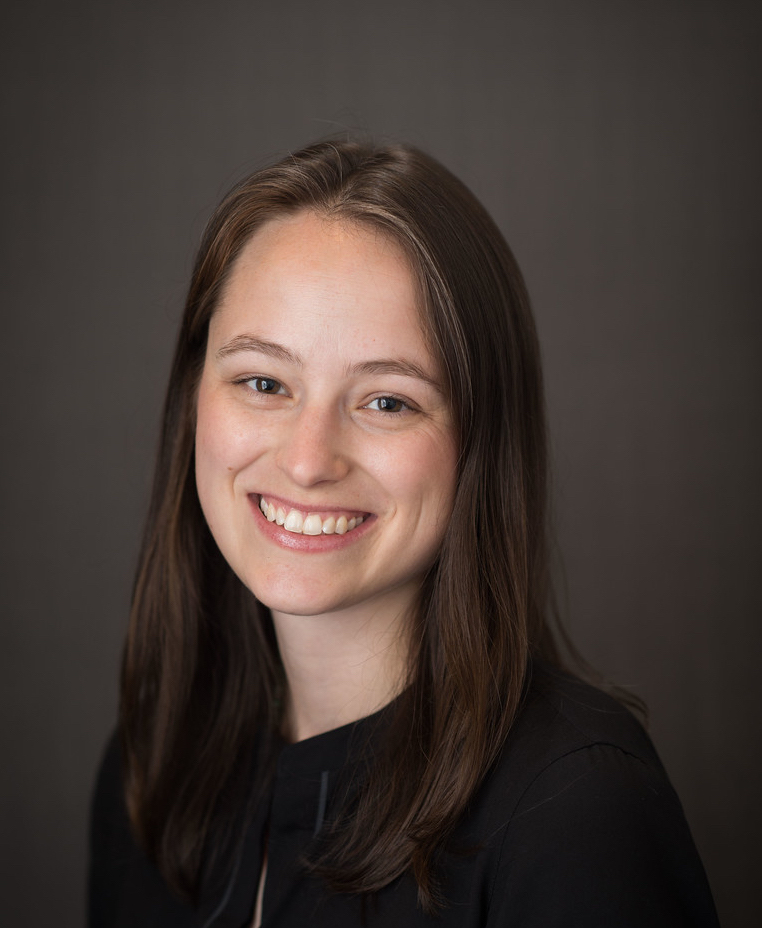 |
The AAMI Foundation awarded $40,000 to a research team at Children’s Hospital of Philadelphia Research Institute, led by Halley Ruppel, a core faculty member at the Center for Pediatric Clinical Effectiveness (CPCE). The group will explore ways to actively engage clinical stakeholders in reducing alarm burden on their units.
“It’s important that alarms are kept to the minimum necessary to alert nurses to important changes in patient condition. Unfortunately, clinical alarms tend to be excessive and frequently not urgent or actionable.” Ruppel said. “I’m interested in how we can build sustainable processes for evaluating and improving alarms and alarm management in acute care settings.”
One way to do this, Ruppel noted, is by giving clinical stakeholders access to up-to-date data analytics on types and frequencies of alarms occurring in their units. This could increase awareness and foster engagement in alarm management efforts. “Clinical stakeholders are already inundated with data, so we are working with clinical stakeholders to define ‘rights’ for alarm data analytics—right information, right recipients, right format, right time—so that the data are actionable and can actually inform meaningful improvements to the system,” she said.
Ruppel and her team expect to identify functional specifications for alarm data analytics which can be used to develop an intervention model to test in future work.
Ruppel hopes the project will optimize how technology functions in clinical care. “Our ultimate goal is to develop a sustainable process for evaluating the dynamic clinical alarm system that nurses use while caring for patients. Having this process in place will strengthen collaborations between HTM professionals and clinicians,” she said.
Using microbubble therapy to enhance radiation effects in cancer patients
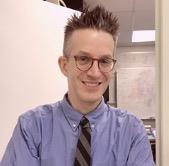 |
The AAMI Foundation also awarded $40,000 to support the research work of Dr. Gregory Czarnota from the Department of Radiation Oncology at Sunnybrook Health Sciences Centre. It focuses on ultrasound imaging and the spectroscopy of cancer therapy responses. This project seeks to show the enhanced effects of radiation combined with microbubble treatment in ultrasounds on cancer patients.
“Radiation has been long thought to cause tumor cell damage and kill cancers by causing DNA damage. About 10 to 15 years ago, there was an interesting idea–and a controversial one–in radiation oncology that we should forget about tumor cell DNA damage. People began to believe that it was damage to the blood vessels in tumors that drove tumor responses,” said Dr. Czarnota. “We thought that another way of causing damage to blood in tumors and the cells that line those blood vessels was by using these contrast agents. When you put microbubbles in an ultrasound field, you target that ultrasound field to just the tumor. And all of a sudden, you've got all these bubbles just bursting inside the tumor. We found that that was synergistic with radiation effects.”
Dr. Czarnota and his team have been exploring the effects of ultrasound and microbubbles on radiation for close to 10 years. The Mary K. Logan Grant comes as they are ready to take the next step in their research process.
“We started doing work with cells and test tubes first, and then animal models of research,” he said. “Now we’re at the stage where we wish to proceed and evaluate the technology that's been developed as well as the methodology in human cancer patients.”
The team will test the methodology on breast cancer patients. “This really will be the first funded research in terms of testing this in patients,” said Dr. Czarnota. We’d like to demonstrate the safety and feasibility of doing this in patients. We then want to determine the safety profile of this methodology, and be able to show increased efficacy of radiation when it's combined with this type of ultrasound treatment.”
Dr. Czarnota hopes that his research will demonstrate that this type of technology can be used to enhance conventional radiotherapy on breast tumors. “I think the impact of our project will be that it'll drive the ultimate acceptance of this kind of technology as part of standard of care treatments in patients,” he said.
About AAMI
AAMI (www.aami.org) is a nonprofit organization founded in 1967. It is a diverse community of more than 10,000 healthcare technology professionals united by one important mission—supporting the healthcare community in the development, management, and use of safe and effective health technology. AAMI is the primary source of consensus standards, both national and international, for the medical device industry, as well as practical information, support, and guidance for health technology and sterilization professionals.
Contacts
